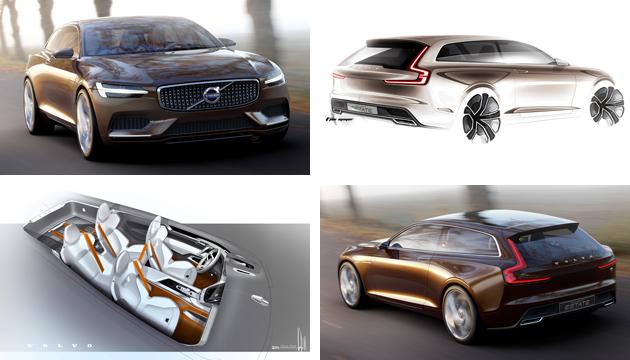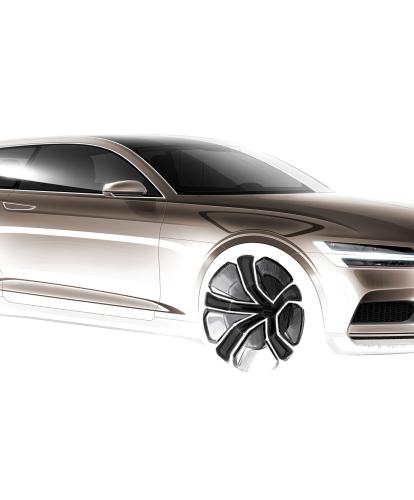A brand new concept has been announced this morning with Volvo’s unveiling of the Intelligent Kinetic Energy Automobile. The manufacturer has designed the concept based on a familiar Swedish idea and is a self-assembly plug-in car.
The Volvo i-KEA Concept comes flat-packed and is designed to be able to be built at the customer’s home. Unlike kit cars such as the Caterham Seven, the i-KEA – as a plug-in electric vehicle – doesn’t have a number of complicated parts that need a high degree of mechanical expertise to put together.
The kit comes with a number of lightweight panels that get attached to a framework chassis, put together in a similar manner to a flatpack bookcase. Tools such as Allen keys are provided, along with pictorial diagrams to show the customer how to build their car from scratch.
Power comes from one of the bulkiest single components, a 100kW electric motor, but this doesn’t weigh much and is powered by a series of batteries that sit low in the chassis, in shelf-like compartments between the axles. These can be slotted in and easily replaced since they are made up of multiple rechargeable AA cells, offering a range of more than 350 miles. When capacity starts to drop, customers can cheaply replace the cells with batteries widely available from supermarkets and the like.
There is no need for specialist ramps or jacks to build the i-KEA as everything has been designed to be built on a relatively even floor. The first components to be added after the chassis has been screwed together are the axles, and subsequently the wheels. Like the motor, the wheels are also not flat-pack, though Volvo is working on making them so.
Once the wheels are attached – and an empty chassis is light enough to lift one side of the car up and slot the wheels on – the powertrain is fitted, with the batteries and motor dropping in to carefully designed spots. The wiring is plug and play so that any one can build the car, and steering and braking systems are drive-by-wire for the same reason, with brakes and the steering column arriving pre-assembled as part of the kit.
Once the motor and batteries are set up, the interior is built with lots of storage space available, including shelving and a bed unit with slide out wardrobe for those who want a campervan style experience. The entertainment system uses a large TV-style screen sitting on a low table as a contemporary dashboard, with the screen showing all the satellite navigation and infotainment requirements.
Drivers slot the steering wheel in like racing drivers do with racing cars, and above that sits a small, removable tablet, which shows speed, battery charge and mileage. The display is swiped through like a book to change what information is on show, with different tabs able to be created – a familiar set-up for those who like to flick through a catalogue.
Chairs can easily be taken out or added depending on space with multiple holes on the floor that pegs sit into, so owners can create their own Scandinavian minimalist lounge inside if they want.
The last part of the build sees the fitting of the body panels and windows, which again feature a number of screws holding everything onto the chassis. Curtains are available for the windows as an optional extra for the interior, along with rugs, mirrors, saucepans, candles and crockery. The glovebox can be set to chill, or can act like a warming oven for owners to enjoy Swedish meatballs on the move.
The final design is yet to be finalised but the images show Volvo’s Concept Estate from 2014, which will provide the basis of the i-KEA’s styling. It has been confirmed though that, because of the different nature of the car, the i-KEA won’t be sold through the normal Volvo dealer network, but via a well-known Swedish flat-pack furniture manufacturer.




